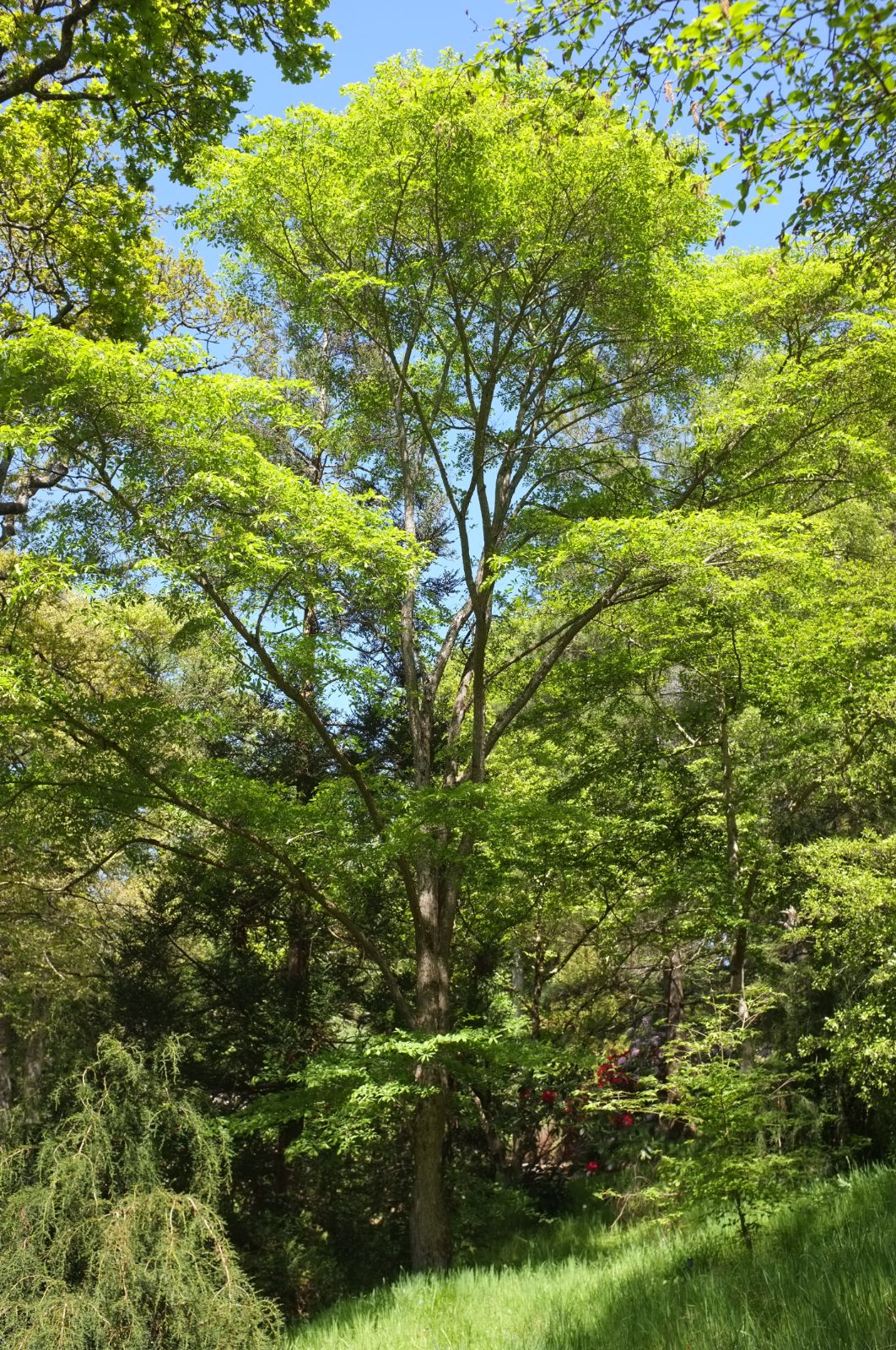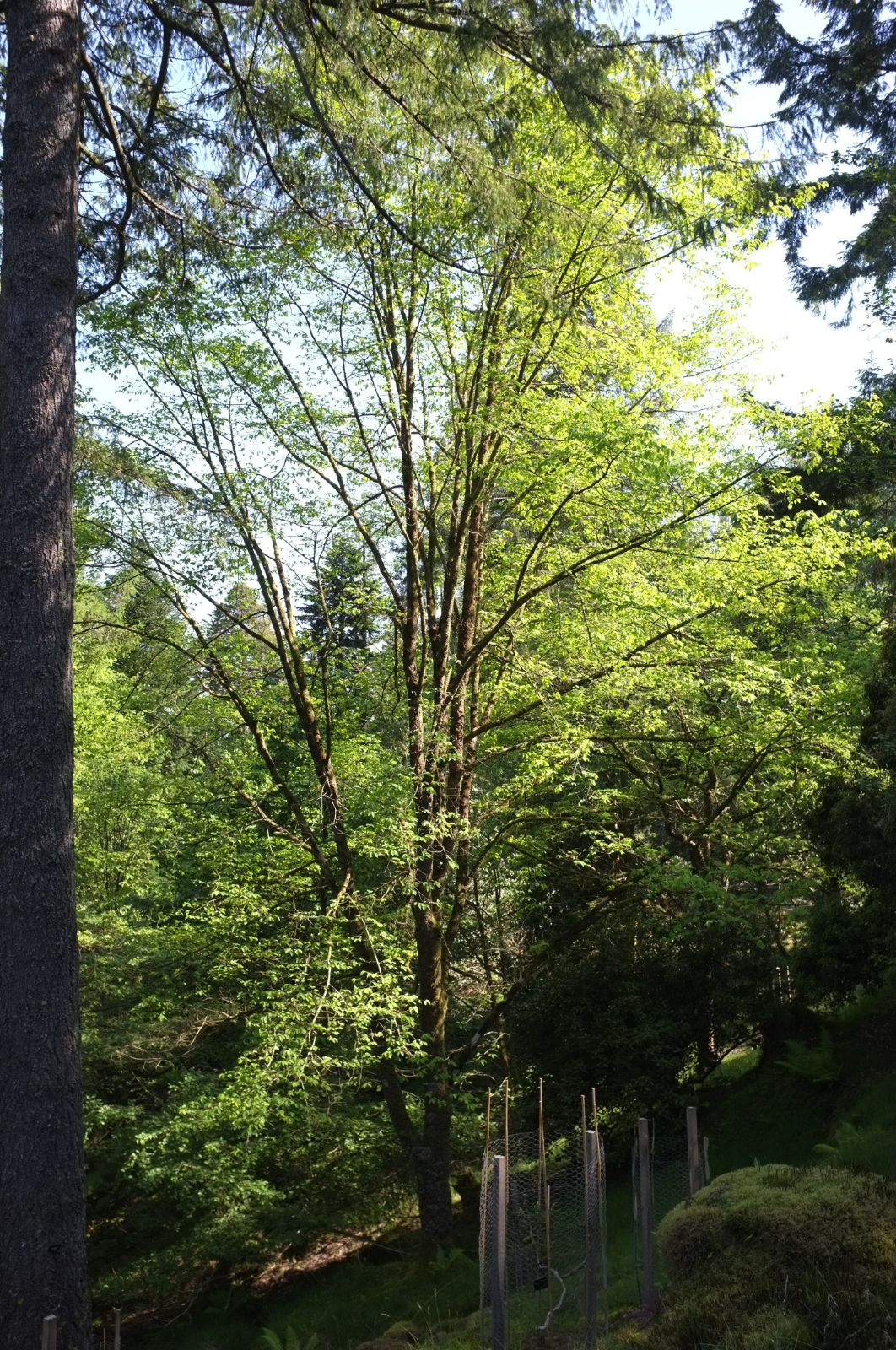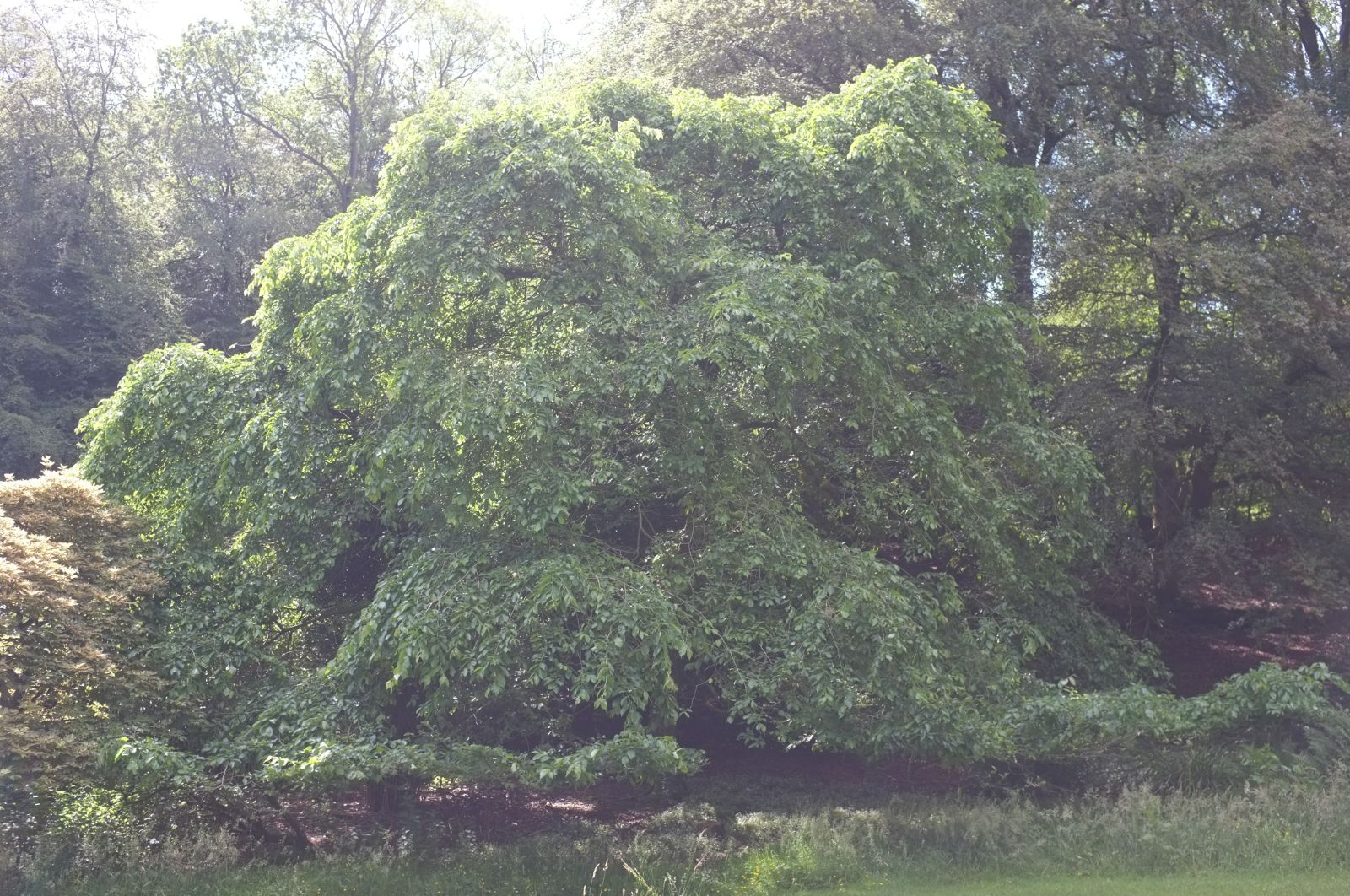Ulmus japonica
Credits
Article from Bean's Trees and Shrubs Hardy in the British Isles
Recommended citation
'Ulmus japonica' from the website Trees and Shrubs Online (treesandshrubsonline.
Genus
Synonyms
- U. campestris var. japonica Sarg. ex Rehd.
- U. davidiana var. japonica (Rehd.) Nakai
- U. propinqua Koidz.
Other taxa in genus
- Ulmus americana
- Ulmus angustifolia
- Ulmus bergmanniana
- Ulmus campestris
- Ulmus canescens
- Ulmus carpinifolia
- Ulmus castaneifolia
- Ulmus chenmoui
- Ulmus coritana
- Ulmus crassifolia
- Ulmus davidiana
- Ulmus elliptica
- Ulmus gaussenii
- Ulmus glabra
- Ulmus glaucescens
- Ulmus × hollandica
- Ulmus laciniata
- Ulmus laevis
- Ulmus lamellosa
- Ulmus macrocarpa
- Ulmus parvifolia
- Ulmus plotii
- Ulmus procera
- Ulmus pumila
- Ulmus rubra
- Ulmus serotina
- Ulmus szechuanica
- Ulmus thomasii
- Ulmus villosa
- Ulmus 'Viminalis'
- Ulmus wallichiana
- Ulmus wilsoniana
A tree up to 110 ft in Japan, forming broad heads of graceful, pendent branches; young shoots very downy, fawn-coloured when mature, sometimes developing corky wings. Leaves oval, inclined to obovate, 3 to 41⁄2 in. long, 11⁄2 to 21⁄2 in. wide, unequal at the broadly tapered base, abruptly narrowed at the apex to a slender point, rather coarsely toothed, furnished with stiff hairs above at first, afterwards very harsh to the touch, lower surface clothed with pale down, especially on the veins and midrib; veins in seven to thirteen pairs; stalk about one-sixth of an inch long. Samaras obovate, 5⁄8 in. long, nearly 1⁄2 in. wide, tapered at the base, the seed being situated near to the notch, the inner edges of which are ciliate; elsewhere the fruit is glabrous.
Native of Japan and continental N.E. Asia; introduced to the Arnold Arboretum in 1895 and thence to Kew. It is closely allied to U. carpinifolia, which has reddish brown young bark on the twigs and leaves more unequal at the base.
By some authorities this species is considered to be only varietally distinct from U. davidiana Planch., of which little is known in cultivation. It is a native of N.E. Asia, including Sakhalin and the Kuriles.



